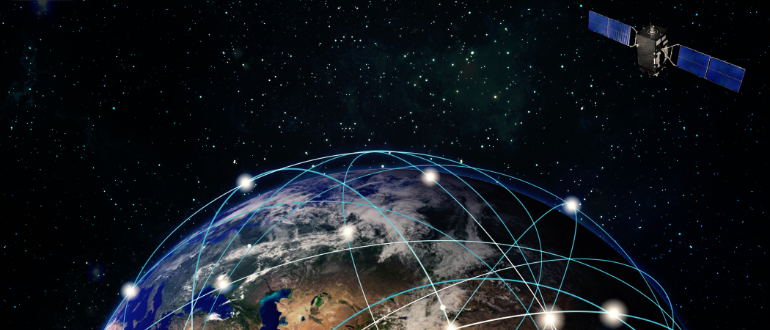
The latest version of SpaceX’s Starlink satellites, packed with more than one terabit per second of downlink and 200 gigabits per second of uplink capacity to customers, will be ready for liftoff in the first half of 2026.
In a network update posted Tuesday, the space broadband service also said its third generation of larger and more powerful satellites, called Gen3, will be sent into orbit on Starship. That is 10 times the downlink capacity and 24 times the uplink capacity of its second-generation satellites.
Each launch of Gen3 satellites on a single Starship could add 60Tbps of capacity to Starlink’s network, more than 20 times the capacity added with each launch now. The new satellites will rely on SpaceX’s next-generation technologies and operate at lower altitudes to improve the network’s latency.
The combined Starlink satellite network capacity is nearly 450Tbps, with median peak-hour download speeds in the U.S. of about 200Mbps and median peak-hour latency down to 25.7 milliseconds as of this month. The company hopes to reach a 20 millisecond median latency soon through its more than 100 gateway sites in the U.S.
The update is telling in that SpaceX believes it has overcome the issues that caused the super heavy-lift Starship rocket to fail five launches, including three this year. The decade-old Falcon 9 could be an alternative to set Gen3 satellites into orbit if Starship isn’t ready.
Regardless, Starlink finds itself in a market of growing global demand for bandwidth at lower prices and against escalating competition.
Chief among its rivals is Kuiper, Amazon.com Inc.’s satellite unit. Amazon not only plans to roll out its own constellation of satellites at a competitive price but to tie it into Amazon Web Services products.
Starlink’s constellation of 7,800 satellites serves more than 6 million customers worldwide, according to the network update.

